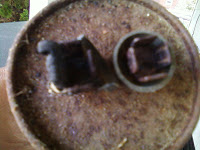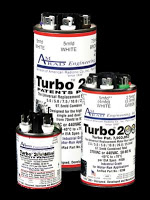Is your central air conditioning blowing hot air when you turn it on? While there are many reasons your air conditioner is blowing hot air, we’ll run through the most common causes that you can diagnose your HVAC repairs.
First and foremost, check your thermostat and make sure that it is correctly set. It may sound ridiculous, but sometimes homeowners incorrectly set there thermostat which will cause hot air to blow out instead.
Also, check to see if you have your thermostat set to “auto” or “on”. If it’s set to “on”, that means the fan will blow even when the air conditioner isn’t actually cooling. This causes your AC to blow out warmer air out the vents when the outside unit isn’t running.
A restriction in the airflow to and from your air conditioner often results in not enough air coming out of the vents to cool your home. Restricted airflow can also cause the compressor in your air conditioner’s outside unit to freeze up. a restriction in airflow is most like caused by a dirty air filter that has not been replaced in a long time, or dirty coils form your AC unit not having maintenance done.
It is important to recognize that your air conditioning system is made up of two main components – an outdoor unit and an indoor unit. The indoor unit houses the fan that blows air through your home, and it can only blow cool air if the outdoor unit is working. This could be a problem with your electricity. Make sure to turn your circuit breaker off before check electrical wiring, and to call a professional if you think this may the problem.
Most likely, if you’re having issues with your air conditioner blowing hot or warm air, it’s either a problem with the compressor/outside unit or your air conditioner is low on refrigerant. You may also have a return duct that is broken or disconnected and is pulling in unconditioned air from outside or an attic space. However, both of these issues require a professional’s help.



